BMW will bring its first Hydrogen car to the market in 2028
BMW plans to launch its first hydrogen powered vehicle in 2028 using the fuel cell technology it developed with Toyota Motor Corp. The company did not provide any further information. It said that the vehicle will be a model already in production with an option for hydrogen fuel cells.
The Top 10 Offshore Wind Energy Trends to Watch in 2023
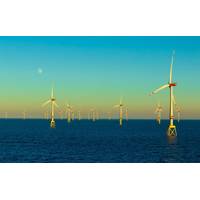
The drivers for global offshore wind growth look good for 2023. Global offshore wind is forecast to grow from over 60 GW at the end of 2022 to 240 GW by 2030 and over 410 GW by 2035. But the sunny outlook must be balanced with some building dark clouds. As we prepare for the new year…
Future Fuels: 275 Altenative Fuel Ships Ordered in 2022

The total number of ships with alternative fuels ordered in 2022 was 275 (excluding battery operated vessels), according to numbers released today from DNV viat its Alternative Fuels Insight report.In addition, more than 50 LPG carriers have been ordered with LPG dual fuel systems.
MTR100: For USVs and AUVs, is it a Hydrogen Future?
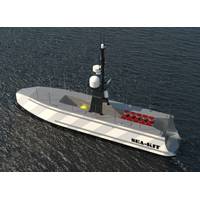
Hydrogen has been making big headlines in the energy world. It’s one of the potential routes to deliver high density energy to transport and heavy industry – but also to marine applications, as well as a way to move and store renewable energy. Various uncrewed surface vessel (USV) developers…
Stena, Wärtsilä to Build World’s Largest Hybrid Ship
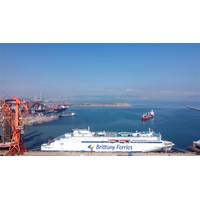
Wärtsilä will supply its hybrid propulsion system for three new RoPax vessel currently built for Stena RoRo, Europe´s largest ferry company. Two of the ferries will have a battery capacity of 11.5 MWh, reportedly making them the marine industry’s largest hybrid vessels to date.“Stena wants to be a frontrunner in decarbonizing our fleet and…
Tech Feature: Next-Generation Maritime Electrical Solutions Today

Asbjørn Halsebakke of Yaskawa Environmental Energy/The Switch discusses the application in maritime for the company’s new generation DC-Hub with its unique Electronic DC Breaker (EDCB) and Electronic Bus Link (EBL).Your company is starting to talk about its new generation DC-Hub.
Green Marine: Electrification is the Power behind ‘Future-Proofing’
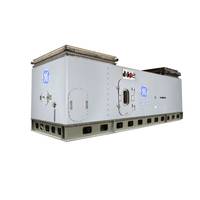
There's an “electrification of the seas” happening for navies around the world.Whether it's to achieve greater military capabilities, operational economics and efficiencies or to be better stewards of the environment.There's a trend moving from direct mechanical drives towards more flexible electrical propulsion systems.
The Path to Zero: ABB, Ballard Progress Work on High-power Fuel Cell Concept
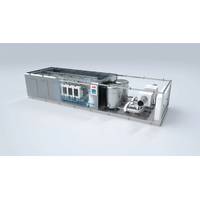
ABB and Ballard are progressing to decarbonize marine transport and have received an AiP from DNV for their high-power fuel cell concept, the development of which was launched in 2018. The high-power fuel cell unit is designed to be a flexible solution that will support the energy…
New Tanker Ship Design Reportedly Hits IMO 2050 Emission Targets Using Fossil Fuels
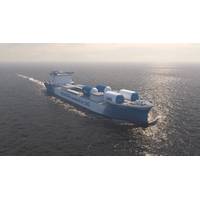
RINA issues an Approval in Principle (AiP) of Swedish designer FKAB Marine Design’s hydrogen powered MR Tanker, the first AiP of a design using currently viable technology and fuels that achieves IMO 2050 targets. Conceived by the class society and designed by FKAB, the propulsion…
DNV Report Says Maritime Energy Transition is Gaining Speed
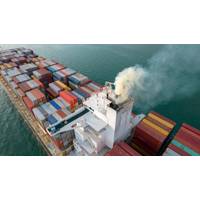
More than 1000 ships are expected to be ordered per year through 2030, and with growing pressure on the shipping industry to decarbonize, the shipowners must be careful with fuel selection and ship design, as a misstep here can have damaging consequences in the future.This is according…
Charging Ahead: Brent Perry & his Sterling PBES Team Drive Maritime Battery Tech
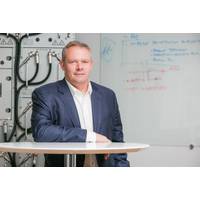
Brent Perry, CEO of Sterling PBES is a 40+ year veteran of the marine business, and one of the pioneers in delivering battery solutions to boats and ships at sea. Please give us a by the numbers look at Sterling PBES today?Right now we are sitting in a position where we had anticipated…
Australia's Iron Ore Giant Fortescue Plans 235GW Green Energy Drive

Australian mining magnate Andrew Forrest outlined ambitious plans on Wednesday to build a renewable energy business, aiming to compete with oil giants to provide low-cost green energy globally.Billionaire Forrest, who turned Fortescue Metals Group over two decades into the world's fourth-biggest iron ore miner…
LNG and Shipping Decarbonisation Target
Though liquefied natural gas (LNG) could help the shipping industry to reach its decarbonization target, it could wreck the climate, finds a study.According to a research by the International Council on Clean Transportation (ICCT), switching vessels to the LNG fuel would only serve…
Toshiba Delivers Fuel Cell System to Ship
The provider of energy industry solutions Toshiba Energy Systems & Solutions Corporation (Toshiba ESS) announced that the company has delivered a mobile 30kW hydrogen fuel cell system, which volume per unit power output is reduced to 1/3 compared to the stationary fuel cell systems…
"Green" Ammonia's Future as a Marine Fuel
Ammonia, the same pungent solution used in fertilizers and cleaning agents, may one day be the key to transporting renewable energy around the world. There are currently a number of government and corporate projects assessing the feasibility of converting excess renewable energy from sources like wind…
Bloom Energy, Samsung to Design Electric Ships
California-based Bloom Energy, the provider of stationary fuel cells, has announced a collaboration with South Korean shipbuilder Samsung Heavy Industries (SHI), to design and develop ships powered by Bloom Energy’s solid oxide fuel cell technology.SHI aims to be the first shipbuilder…
LR to Lead REShiP Project
The maritime classification society Lloyd’s Register has been brought in to coordinate REShiP (Renewable Energy Ship Propulsion) project to research and develop renewable energy ship propulsion technologies.REShiP started in April 2019 with the aim of identifying the best solutions…
IMO2020: The Rise of Bulk Liquid Hydrogen in Norway
Imagine a power distribution network where excess renewable energy from hydropower, wind, solar, and nuclear energy is converted to hydrogen and used as transportation fuel in the maritime industry. With the allure of a zero emissions fuel, a number of ship owners are starting to seriously consider hydrogen for newly built vessels.
Does the Answer to Our Energy Problems Lie in Tiny Microbes?

Such are the dire predictions about climate change these days that there seem to be only two courses open for human society: either we fail to act and the planet keeps heating up, or we restrict ourselves, leave our cars at home, give up hamburgers and stop flying on vacation.Either way…
IMO 2020: Hydrogen's Future in Maritime
Hydrogen fuel cell technology to Satisfy Future IMO RequirementsWith an ongoing push by the maritime community to reduce ship emissions to satisfy IMO MARPOL Annex VI regulations and limit the sulfur content of ships from 01 January 2020 to 0.5 percent world-wide, many ship owners…
